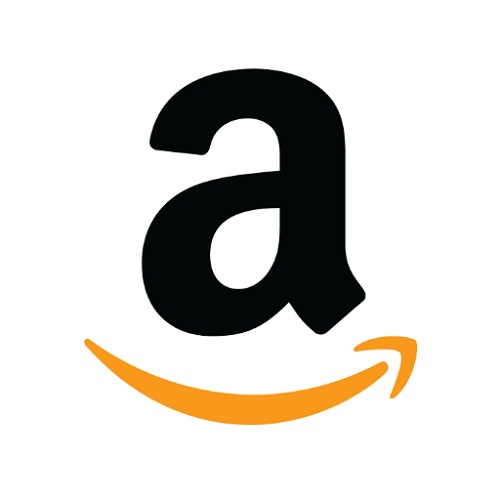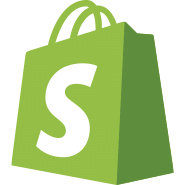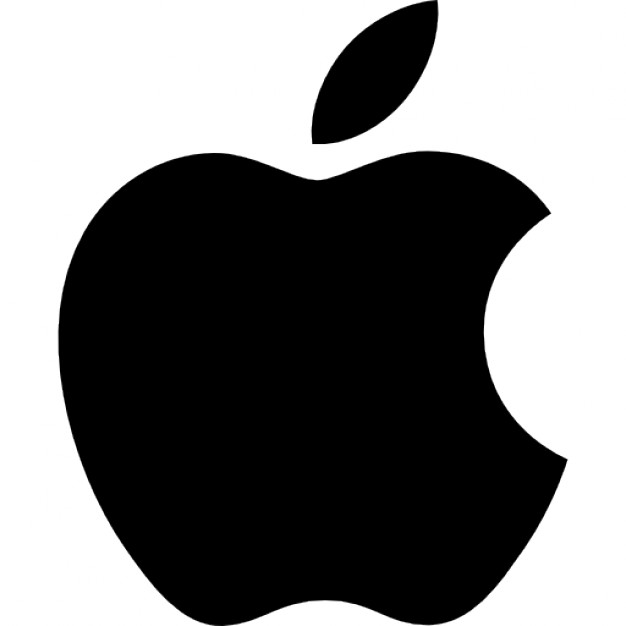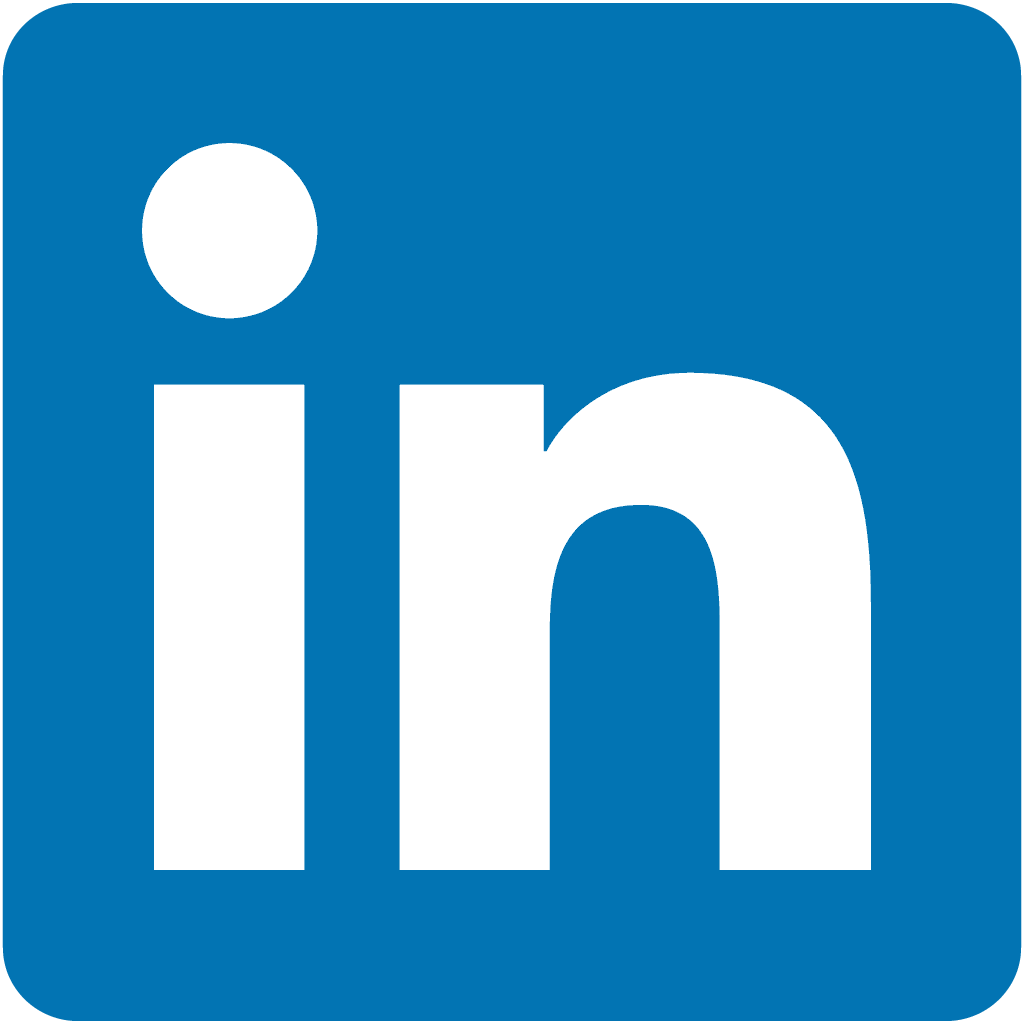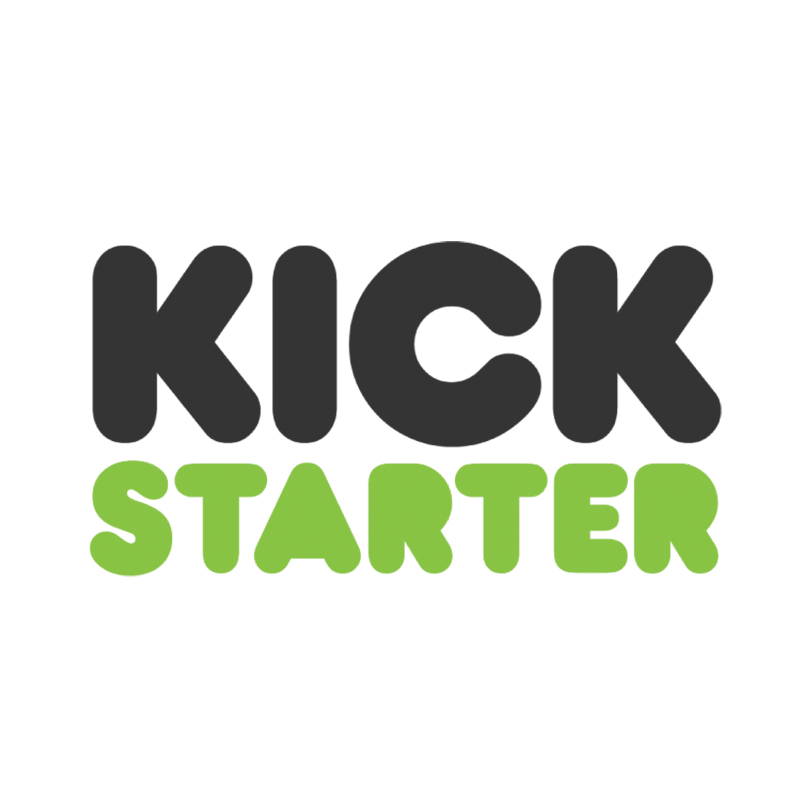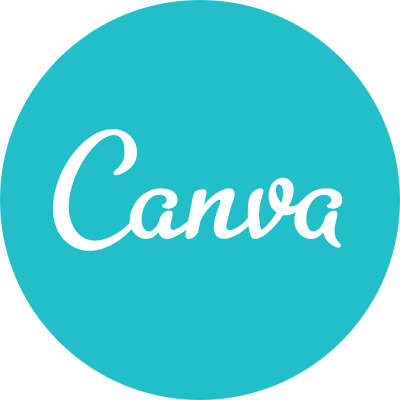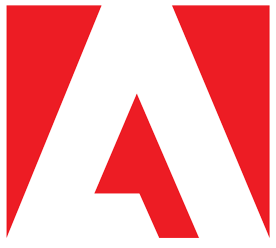How We Built A $3.4M/Year Custom Uniforms Manufacturing Business
Hello! Who are you and what business did you start?
Hi, my name is Jim Snediker and I am the CEO and co-founder of Stock Manufacturing Company. We are a uniform and workwear provider based out of Chicago, IL.
We design, develop and manufacture customs uniforms for hotels, restaurants, retail stores, commercial real estate, airport lounges and any business that has customer facing employees.
We’ve been in business for 12 years and last year we did $3.4M in revenue.
What's your backstory and how did you come up with the idea?
Stock was founded in 2012 and run by myself and my two business partners Tim Tierney and Mike Morarity. We started as a high end American made DTC menswear brand. We manufactured locally in Chicago and offered high quality products at a more affordable price.
Early in 2013 we were approached by a restaurant in Chicago that at the time was the number one ranked restaurant in the world. They still are one of a select few American restaurants that maintain 3 Michelin stars. They wanted us to manufacture custom uniforms for them.
Ten years later they are still a client of ours.
Following that successful uniform program, Goose Island approached us and wanted to do something that connected the brand to its local roots here in Chicago. We collaborated with them creating merchandise, apparel and their brewpub staff.
At that point we started to see a path forward in B2B uniform manufacturing. Following our first two collaborations I reached out to a contact of mine at Lettuce Entertain You, one of the largest restaurant groups in the US and we did a uniform program for a high profile restaurant that they were opening, RPM Steak. That went extremely well and we now service a few dozen of their restaurants across the country.
Another huge moment for our B2B uniform business was when the iconic Soho House brand opened a restaurant in Chicago in 2014. We somehow managed to get a meeting with the director and we nailed their uniform program.
Soho House Uniform Design

At the end of 2018 we decided to stop manufacturing our men’s wear brand and focus all of our efforts on creating the best front of house hospitality company in the world
Take us through the process of building the first version of your product.
We originally launched the D2C brand with ties, pocket squares and a handful of button down shirts. We started selling those at pop up markets in Chicago.We would sell the inventory we had, go into the factory and pull unused fabric off of the shelf and we would pay them back for the fabric after turning them into shirts and selling them.
In December 2011 we did a pop up market and sold $5,000 worth of product. This was the first moment we thought we might have found something.
Once we started doing customs uniforms in 2013, it became a larger part of our business each year and. By the end of 2018 we decided to stop manufacturing our men’s wear brand and focus all of our efforts on creating the best front of house hospitality company in the world.
We started stocking our most popular items including chambray and oxford shirts. This allowed us to come in at a price point that clients loved and we had inventory ready to ship as opposed to 6 or 8 week lead times.

Describe the process of launching the business
Our business wasn’t an overnight success. It was a decade of working, building and iterating.
Our first website was done on Magento and that’s when websites were expensive. I can’t remember the exact cost but it was 5 figures and a huge expense for us at the time. We ran it as a kickstarter before kickstarter was a thing. We would partner with designers and if we pre-sold enough we’d produce the product.
You can see the count down timer in the screenshot from Wayback Time Machine.
Original Stock Website

We would scrape together enough money to get garments made and then we’d go sell them at pop up shops. We all had side jobs and that’s how we could afford rent and groceries. After proving we had a product people wanted, we were able to cobble together a bit over $200k in funding over the course of 2014 and 2015. That money helped us fuel the continued growth of the business (but still didn’t allow us to pay ourselves much at all).
The skills developed while running the D2C brand is what allowed us to break into the custom uniform space.
The biggest lesson I’ve learned is to simplify things. My philosophy is to reduce friction for the customers. This means examining your process and your product and strip away as much as you can.
Tell us about a pivotal moment in the business.
One of the industries hit hardest by COVID was the hospitality industry. Restaurants, hotels, resorts, bars, airport lounges etc. Basically our entire client list was shut down overnight.
We not only survived 2020 but we made meaningful contributions to our community and came out stronger than before.
In March 2020 as it became apparent that businesses were going to have to close down, our friend who owns a number of great bars in Chicago approached us and asked to do a t-shirt collaboration. The concept was to sell the t-shirts on our website and donate proceeds to the employees who we thought were going to lose tip money for a few weeks.
We approached other restaurant owners to see if they wanted to participate and our friend who runs a PR company asked some of her clients and we got a bunch of restaurants signed up and we started a fund called Chicago Hospitality United
We designed the t-shirts over a few days and started selling them. That campaign went viral on IG and all the big restaurant owners in Chicago were reposting the campaign and blasting it out to their email lists. In two days we sold $20,000 worth of t-shirts.
By the end of the week we had to cap the number of restaurants involved at 100 because of the demand.
By the end of that week we had sold $50,000 worth of t-shirts.
Original T-Shirt Design

After that first week a friend of ours, Cody Hudson, who is an artist and partner in a restaurant group reached out and asked to design some merchandise for the fund. The slogan was “Love One Another” and that caught fire. This campaign caught the attention of another local artist named Laura Berger who offered one of her designs and we did this beautiful blanket. All of these products were selling incredibly well.
We had to bring on the YWCA to help distribute the funds because we sold nearly $300,000 worth of merchandise in three weeks.
Love One Another Design

Obviously it ended up being a drop in the bucket in the grand scheme of things of the pandemic but it was cool to be able to donate over $125,000 to employees of these restaurants. And it built up an incredible amount of goodwill with all of these restaurants and their owners.
It didn’t solve our money issues and we were stressed as all of our projects that we had lined up were gone. So my business partner Tim, suggested we start selling cloth masks. Initially it didn’t sit well with me, it felt like a cheap way to make a buck on this tragedy but we saw a few of our competitors doing it and the response was overwhelmingly positive.
So we decided to start manufacturing masks out of blue and gray chambray fabric that we used for our shirts. And the day before we started manufacturing the mask the CDC updated their guidelines to include cloth masks.
We launched those masks and within an hour it was our best selling item of all time by volume. We started getting inquiries about private labeling masks and we got some big contracts out of that. We ended up doubling our revenue from 2019 to 2020. This gave us enough money to reinvest in our hospitality uniform business.
As we headed into 2021 we looked at our business and knew that none of our revenue was replicable. We expanded our product offering and focused on markets that were still open like Texas and Florida. This push allowed us to match our 2020 revenue in 2021 but with a business that was much healthier both in terms of margins and customer pipeline.
Our growth has been great over the last four years - $700k in 2019 and 2020, $1.6m in 2021, $2.6m in 2022 and $3.4m in 2023.
Since launch, what has worked to attract and retain customers?
Initially the first thing that worked for our D2C brand was collaborating
First we started with bloggers. Eventually we were able to turn those into larger collaborations with other brands.
Those partnerships ended up moving a meaningful amount of product, so we stopped partnering with designers and started parenting with those bloggers who had good sized audiences.
One of the collaborations that we did in the early days was with Taylor Stitch and Red Wing Boots which sold a ton.
And we were able to turn around and do a collaboration with Miller High Life which was big for our brand.
Collab with Miller High Life

Once we got started in the B2B uniform business the things that have worked well are word of mouth and inbound. The hospitality industry is very transient and if you provide great service and products people remember you when they move on to their next job.
The outbound channels that have worked for us have been very targeted manual outbound outreach.
For example, we're working with Vornado, a big commercial real estate company. How can we connect with other big commercial real estate companies and explain to them how our partnership with Vornado works and how we can help them create great uniforms for their brands?
The one thing that ties all of this together is creating great, quality products.
How are you doing today and what does the future look like?
We’re profitable and we aim for about 50% gross margins. We don’t run a ton of ads and so we don’t have a great quantification for customer acquisition cost. The cost has been creating great products for a dozen years which is a great moat.
We generate about 10,000 visitors per month but our website is a marketing and branding tool. We generate low six figures in direct-to-consumer sales every year but it’s for branding and exposure.
Our email subscriber list is about 25,000. It’s an educational tool.
Our growth has been great over the last four years - $700k in 2019 and 2020, $1.6m in 2021, $2.6m in 2022 and $3.4m in 2023.
Today we have an eight person team in the US and three support people in the Philippines. I am the CEO and run all of our strategy and business development. Tim runs all of our product development and Mike is our lead designer on products and marketing collateral.
Through starting the business, have you learned anything particularly helpful or advantageous?
The biggest lesson I’ve learned is to simplify things. My philosophy is to reduce friction for the customers. This means examining your process and your product and strip away as much as you can.
A great example of this is when we started stocking the staples to our B2B customers - white oxford shirts, blue chambray shirts it reduced the number of options clients had. These pieces can be used in a variety of ways to create uniform programs. It removes the number of decisions they have to make, it allows them to get their uniforms faster, it allows them to order fewer items.
What platform/tools do you use for your business?
Shopify is where our website is built.
Pipedrive is the CRM we use
Our tool stack is fairly low key. In the B2B space there are probably less bells and whistlers than there are in the D2C space.
What have been the most influential books, podcasts, or other resources?
I like narrative business books. I don’t like overly tactical books on management principles and things of the nature.
- Shoe Dog
- Message in a Bottle
I did read Jeffer Likers book about Toyota's production system which has influenced a lot of my thinking.
- Podcasts I like How I Built This (Crate & Barrel Episode)
- Without Fail
- Joiners Is our podcast
Advice for other entrepreneurs who want to get started or are just starting out?
Instead of giving out canned advice, I’m going to tell a quick story about a big mistake I made as it related to hiring and hopefully this will be more useful for the readers.
One expensive mistake we made was we were still manufacturing everything in Chicago and I got obsessed with doing small batch production quickly and efficiently. I was learning about lean manufacturing principles and we took out a loan and built a small sample factory.
The main reason it didn’t work out is because we tried to hire for culture. We hired young fashion students with sewing experience and tried to teach them lean manufacturing. What we should have done is hired sewers that knew what they were doing and used their experience and then optimized our line.
We never got sellable products out of that factory and our COGs effectively doubled. It was a few hundred dollar mistake. The benefit of this was we pulled the plug on US manufacturing and started doing all of our production overseas (except our aprons which are still made in Chicago) which let us serve our customers much more efficiently by offering the same quality but at a far reduced cost.
Are you looking to hire for certain positions right now?
We aren’t actively hiring but our next hire will be a sales person in the front of house uniform space.
If we found the right candidate. Someone with existing experience in sales in the hospitality industry and has existing relationships would hire that person.
Where can we go to learn more?

Download the report and join our email newsletter packed with business ideas and money-making opportunities, backed by real-life case studies.

Download the report and join our email newsletter packed with business ideas and money-making opportunities, backed by real-life case studies.

Download the report and join our email newsletter packed with business ideas and money-making opportunities, backed by real-life case studies.

Download the report and join our email newsletter packed with business ideas and money-making opportunities, backed by real-life case studies.

Download the report and join our email newsletter packed with business ideas and money-making opportunities, backed by real-life case studies.

Download the report and join our email newsletter packed with business ideas and money-making opportunities, backed by real-life case studies.

Download the report and join our email newsletter packed with business ideas and money-making opportunities, backed by real-life case studies.

Download the report and join our email newsletter packed with business ideas and money-making opportunities, backed by real-life case studies.

